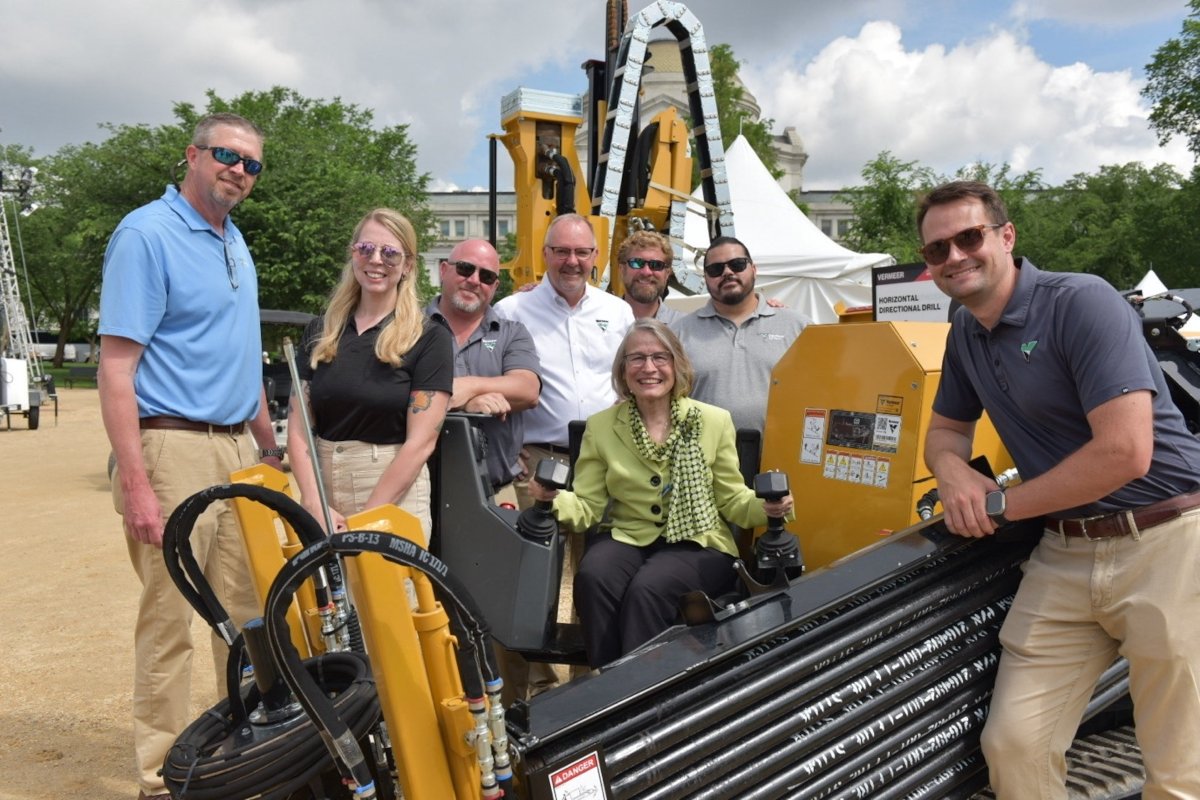
Tech Forum: Pressure Pipe Condition Assessment – Beyond the Brochure
Establishing a pressure pipe condition assessment strategy is a significant undertaking from a municipal utility’s perspective that often involves aspects of appropriate fiscal management, evaluation of risk of failure, and dependence on others (technology firms, engineering partners, etc.) for guidance on the appropriate solution(s) for the project.
Solutions can incorporate analysis of the remaining pipe wall, operating pressures and transients, leakage and breaks, soil corrositivity, and water quality. The sheer number of possible solutions available today ensures that there is at least one if not several solutions for any number of condition assessment requirements, yet the same volume of options can generate analysis paralysis without an appropriate framework from which to evaluate the options.
Several organizations (NASSCO, AWWA, WERF, etc.) have prepared in-depth evaluations of the available approaches/technologies to support the decision-making process, yet as new technologies progress, these evaluations often do not include new introductions to the market. The rapidly expanding number of solutions provide both a benefit and a challenge to the municipal and engineering markets in evaluating solutions that offer value or improvements over existing solutions yet lack a significant depth of application in the industry. The question then becomes how to evaluate the emerging solutions, beyond the brochure.
Independent organizations committed to the rapid evaluation of new technologies and the publishing of results allow increasingly cheaper, higher resolution, and less disruptive solutions to emerge and provide value to the market. These evaluations are critical to the establishment of a competitive landscape of solutions, providing municipalities and their engineers the unbiased assessment required to make a decision as to their applicability for a project. In addition, organizations such as Isle Utilities provide a venue for new solutions to be introduced to key members of the U.S. market long before the technology would have had the capacity to establish itself independently. The program allows technologies to develop pilots/case studies rapidly, expediting their introduction to the list of solutions periodically released by industry organizations.
While it is an ever-expanding list, the current released NASSCO pressure pipe matrix (2016) includes 20 different methodologies detailing both screening and direct assessment techniques. Each technology is evaluated as to its applicability to diameters, materials, pipe status during testing, and other specific testing parameters. The challenge in our industry is that in each year since its release, existing solutions capabilities within these parameters have expanded and a multitude of new solutions are introduced to the U.S. market. Solutions from organizations such as MTA, Aganova, Detection Services, Aquam, Visenti and others have entered the market in the last 12 to 24 months and are starting to become adopted into the solutions portfolio of many agencies. Improvements in free-swimming leak detection for transmission pipelines, non-invasive pipe wall assessment, tethered high-resolution ultrasonic pipe assessment, and pressure transient monitoring/analysis have begun to shape our framework for assessment, increase delivered value, and reduce budgetary burdens.
In addition to the increasing accessibility of multiple pipe condition assessment solutions, advancements in the area of artificial intelligence have begun to support more sophisticated levels of risk prioritization through advanced analytics. These solutions allow utilities and engineers to efficiently analyze large amounts of data in spatial and tabular platforms to develop a better understanding of the consequence and likelihood of failure within pressure pipeline networks. When coupled with advancing condition assessment technologies, together they are driving improved utilization of financial and human capital across municipal organizations.
RELATED: Raw Water Transmission Main Internal Cleaning Project Nets Big Return on Investment
Once a pipe prioritization model is aligned with the municipal risk strategy, the most financially balanced approach is a tiered evaluation. Utilizing lower cost initial screening solutions often better targets the project footprint for higher resolution technologies that often incur a higher cost, risk, or level of effort to deploy. With continued advancements, screening technologies are beginning to provide sufficient resolution of information for engineers and municipalities to develop repair/rehab/replace action plans without further investigation.
In the end, supporting and leveraging emerging pressure pipe condition assessment technologies, through engagement in industry associations, industry conference events, and yes, picking up brochures will help to support innovation in our industry that will allow us to understand the present and protect the future.
Shane Majetich is director of water solutions at Hydromax USA.





